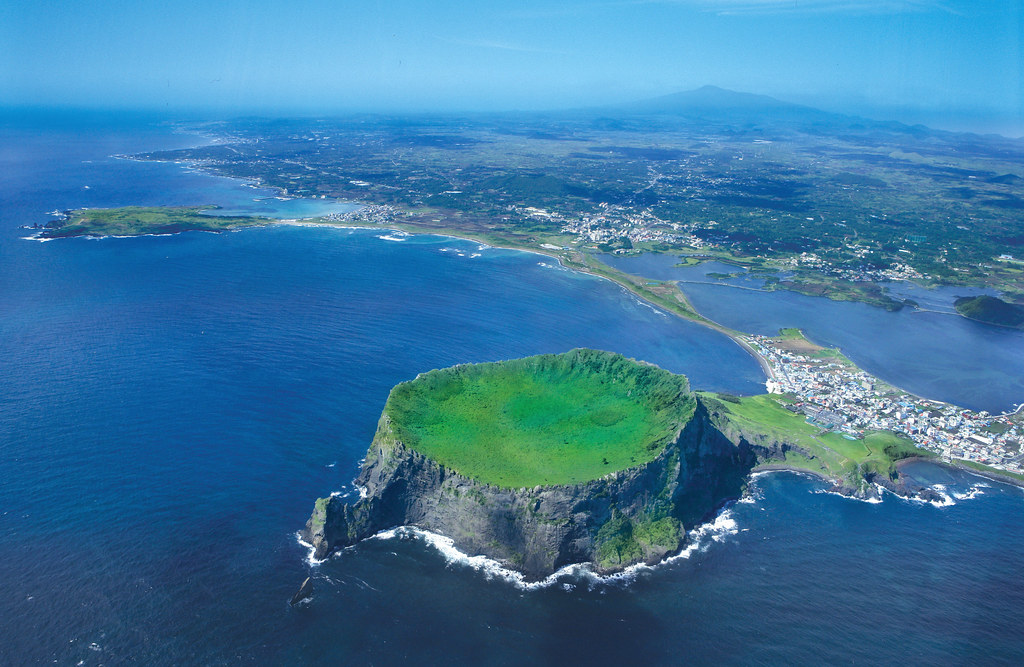
In today’s global society, challenges require collective action beyond individual nations or regions. Military conflicts, climate change, and global health crises are among the most pressing problems confronting humanity today. Release of radioactive water is another issue the world should be contemplating deeply today.
Table of Contents
– Cause of the Contaminated Water Release
– Actions
– Concerns regarding the Release
Cause of the Contaminated Water Release
The Fukushima water contamination arose from the 2011 Fukushima Daiichi nuclear disaster caused by a massive earthquake and tsunami. The earthquake and tsunami led to the power loss in the Fukushima Daiichi plant. The plant failed to cool the reactors, leading workers to use water to prevent overheating. This radioactive-contaminated water was stored in numerous tanks, cooling reactor cores without a way to release it.

Actions
To get rid of the water for the tanks’ storage capacity, in April 2021, the Japanese government and Tokyo Electric Power Company (TEPCO) declared their plan to release the water into the ocean. The Japanese government argued that the release of treated water into the ocean has occurred commonly in the world.
After the decision to release nuclear waste stored at the Fukushima Daiichi Nuclear Power Station (FDNPS) into the sea was finalized by the Japanese government in April 2021, Japan requested the International Atomic Energy Agency (IAEA) to conduct a detailed analysis of the potential safety risks associated with the water release. With a finalized and comprehensive report on handling and discharging ALPS-treated contaminated water, the IAEA issued a detailed safety-focused review. On 4 July 2023, the IAEA issued a comprehensive review and concluded that “the approach and activities for this discharge are consistent with relevant international safety standards and would have a negligible radiological impact on people and the environment.”
Following the declaration, concerns about the impact of seafood continued to rise. TEPCO has been actively working to decontaminate the stored water. Some argue that the water contains only tritium and that its release will not harm the global environment. However, the release of treated but still radioactive water has sparked increased concerns among neighboring countries, particularly South Korea and China, regarding the fishing industry and the environment. In Japan, both citizens and fishermen have expressed worries about how the world will perceive Fukushima’s seafood. Similarly, neighboring countries have voiced concerns about environmental and safety issues. The release of Fukushima water threatens the Haenyeo culture on Jeju Island, South Korea. Despite being inscribed on the UNESCO Intangible Cultural Heritage List in 2016, the Haenyeos’ way of life is now facing significant challenges.




